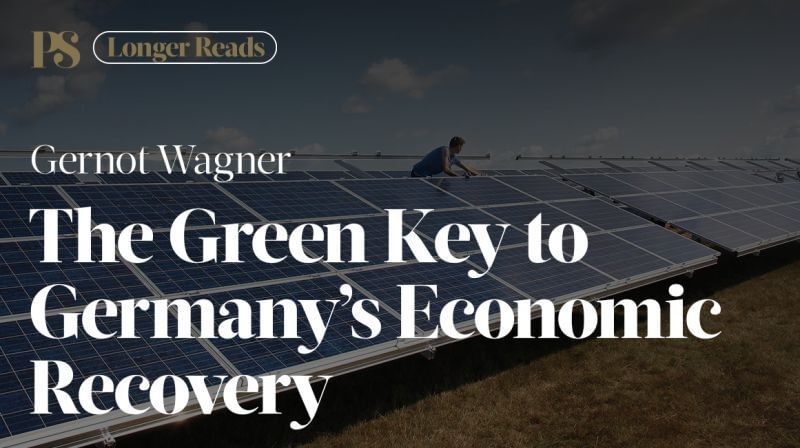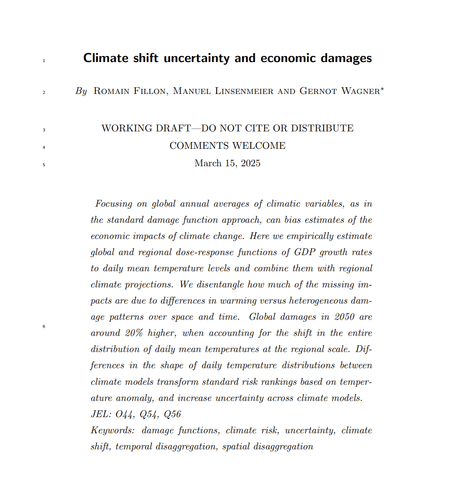Why the EPA gives Taxpayers the Biggest Bang for their Hard-earned Buck
With a 9x return, EPA gives taxpayers the biggest ROI of any federal agency
By Jonathan Camuzeaux and Gernot Wagner
The Trump administration’s proposed federal budget for fiscal year 2017 slashes the Environmental Protection Agency’s (EPA) budget by 31 percent, targeting an entity that already operates with one of the smallest budgets in the government – of every 10 dollars the federal government spends, EPA only gets 2 cents.
But absolute numbers aren’t the right metric. The big question is what the public (President Trump’s employer) gets for its investment. And using that metric, the EPA generates the biggest benefits of any agency, bar none.

Between 2005 and 2015, EPA regulations produced on average $9 in benefits for every $1 spent towards compliance. These benefits include: keeping Americans safe from dirty air, water, and dangerous chemicals – all of which can cause increased hospitalizations, missed work days, premature death, and birth defects. While numerous agencies across the federal government provide vital, lifesaving services, as well, EPA has the best benefits-to-costs ratio of any U.S. agency, according to the Office of Management and Budget (OMB), which produces an annual report tallying the benefits and the costs of major federal rules for every U.S. agency.
Total numbers are even more staggering: over those ten years, EPA is responsible for $376 billion in social benefits after subtracting the costs incurred by its regulations. That’s an order of magnitude higher than any other U.S. agency.
The message is clear: EPA provides large benefits at a bargain. In fact, while a high benefit-to-cost ratio is good, the goal isn’t to maximize the ratio. The goal is to maximize net benefits to society. EPA has been extremely successful at doing exactly that. Now is not the time to walk back that kind of progress.
First published by EDF Market Forces.


